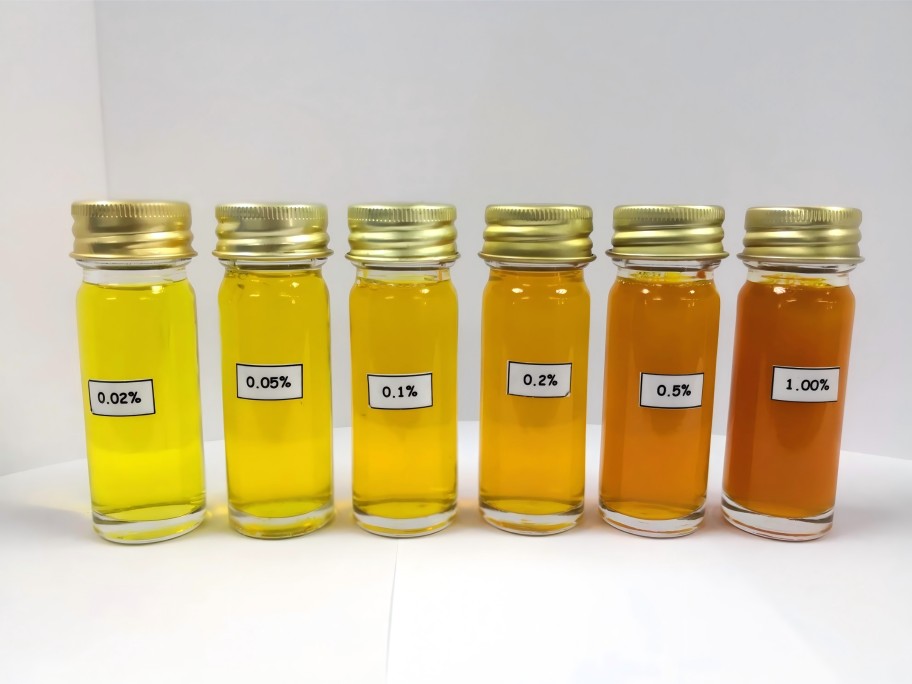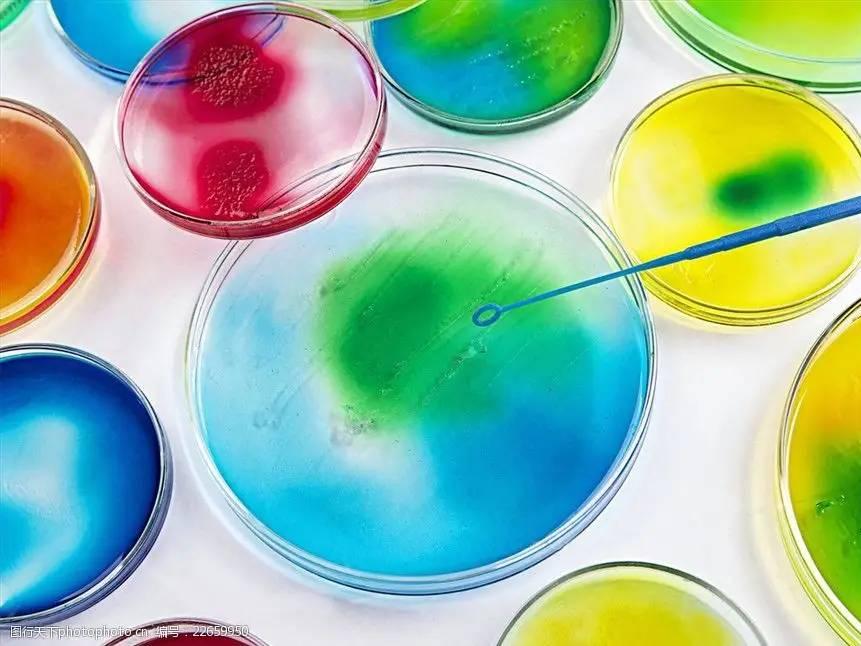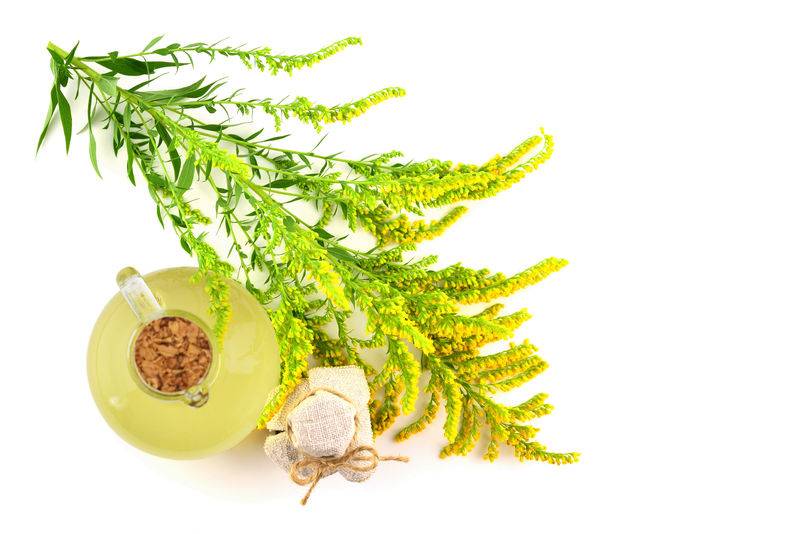What Is the Use of Beta Carotene Powder in Cow Feeding?
There are many different carotenoids in nature, which can be divided into carotenes and xanthophylls according to their chemical structures [1]. There are three isomers of carotenes: α, β, and γ. Among them, β-carotene is the most active in converting to vitamin A (VA) and is widely found in nature [2]. Studies have shown that β-carotene functions in animals by converting to vitamin A. It is the most abundant and a good precursor of vitamin A in nature [3] and is widely used in animal husbandry [4]. Adding β-carotene to the late-stage feed of pregnant sows can increase the concentration of IgA in their serum and milk and enhance the immune function of pregnant sows [5]. Adding β-carotene to the diet of chickens can increase the daily weight gain of broilers, improve the feed conversion ratio, and increase the total antioxidant capacity (T-AOC) of the liver and serum, as well as superoxide dismutase (SOD) activity [6]. It can significantly increase the egg production rate and egg yolk color of laying hens [7].
In dairy cow production, β-carotene powder can improve the health of dairy cows and promote immune responses, significantly improving udder health and reproductive performance [8–11]. β-Carotene is not only an important source of VA in animals, but also has important physiological functions in the animal body itself [12]. Beta-carotene also plays an active role in the human body, with important physiological health functions such as antioxidant, anticancer, prevention of age-related macular degeneration of the eye, delaying aging, and improving immunity. Transformed VA can prevent serious eye diseases such as night blindness [13,14]. Therefore, supplementing the human body with beta-carotene through animal products has gradually become a popular research direction.
Dairy products are considered to be one of the most ideal foods. In addition to basic nutrients such as protein, fat and vitamins, they also contain bioactive substances such as lactoferrin, antimicrobial peptides and oligosaccharides. Scientific milk consumption has a significant impact on human metabolism and immune health. At present, China's per capita milk consumption level is still relatively low, and the dairy industry has huge development potential. In addition, people nowadays pay more attention to health preservation and have higher requirements for dairy product quality, which has prompted the continuous growth of high-quality dairy product production capacity and the continuous increase of ambient temperature high-end dairy product penetration rate. In particular, low-tier cities have a wide dairy product consumer market[15].
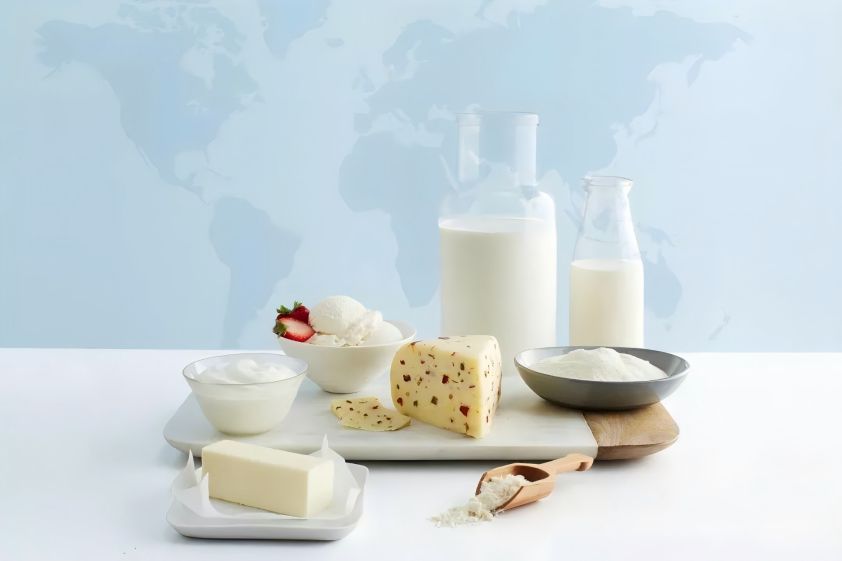
β-carotene powder is used as a feed additive in dairy cow production, which not only has a positive effect on cow growth and production, but also enriches β-carotene, making milk more nutritious and functional. Therefore, it is necessary to fully understand the physical and chemical properties of β-carotene as well as the digestion and absorption mechanisms in dairy cows in order to better utilize β-carotene in dairy cow production and explore methods for efficiently enriching β-carotene in milk.
In summary, this paper focuses on the application of β-carotene in dairy cows and reviews the function and digestion and absorption mechanisms of β-carotene as well as methods for enriching milk with β-carotene, taking into account the research progress at home and abroad.
1. Properties of β-carotene
Carotenoids are a general term for a group of important natural pigments that are commonly found in yellow, orange-yellow or red pigments in animals, algae, fungi and higher plants [16]. Animals cannot synthesize carotenoids themselves and must obtain them from food [14]. In nature, they can be divided into two main groups according to their chemical structure: carotenoids and xanthophylls. Many carotenoids have provitamin A activity, with β-carotene having the highest provitamin A activity [17].
Beta-carotene is mainly found in green forage and is relatively scarce in most grains and their by-products. Beta-carotene is easily damaged by oxidation and can be lost in large quantities during ensiling, drying and storage, so dairy cows are relatively deficient in beta-carotene. Beta-carotene can be commercially produced through chemical synthesis, which reduces costs and is widely used [14]. Chemically synthesized β-carotene is a purplish red to dark red shiny crystalline powder that is odorless. It is prone to oxidative degradation in the presence of oxygen, light, heat and strong acids, and is relatively stable in weak bases. It is almost insoluble in water and ethanol, and is a fat-soluble vitamin [18]. The configuration of chemically synthesized β-carotene is almost always all-trans. In addition to all-trans isomers, natural beta-carotene also contains a certain proportion of cis isomers. The all-trans structure of beta-carotene is more easily absorbed than the cis form [19].
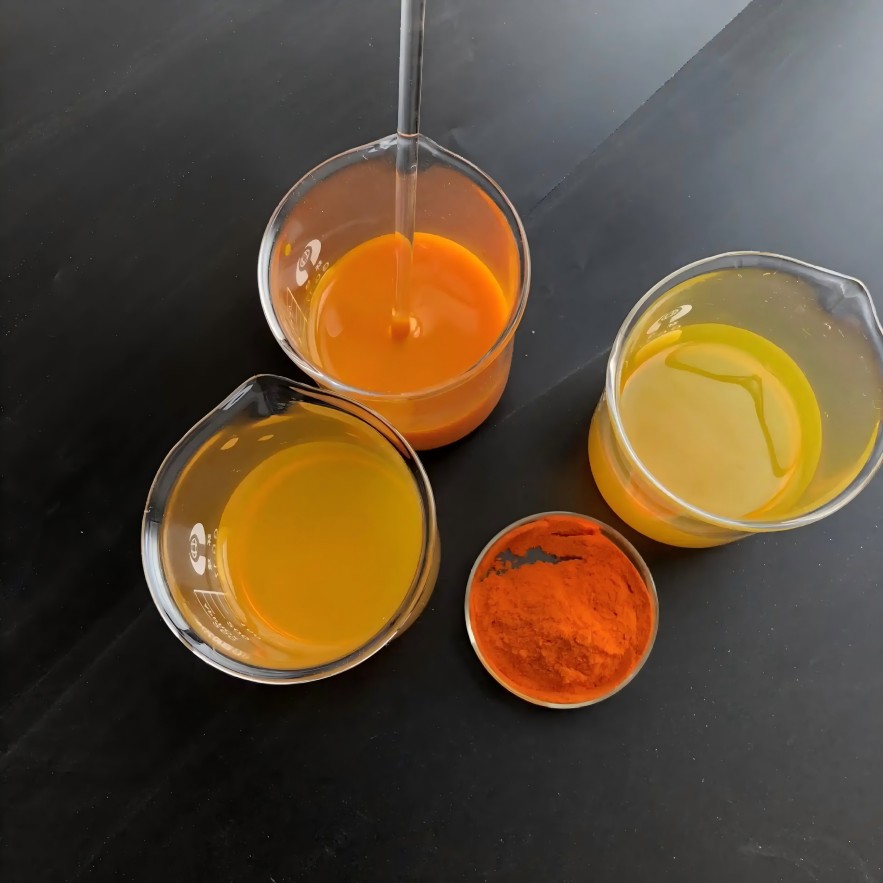
2. Digestion and absorption of beta-carotene in ruminants
The main form of β-carotene in nature is a protein complex. Cows cannot synthesize β-carotene themselves and obtain it mainly through their diet. Ruminants have a rumen and the digestion of β-carotene is more complicated. The ingested β-carotene first enters the rumen and is released into the rumen fluid [20]. In the rumen, β-carotene can be absorbed and utilized, promoting the growth of cellulolytic bacteria in the rumen. The extent to which β-carotene is degraded by rumen microorganisms varies depending on the form of β-carotene. In general, the degradation rate of natural β-carotene in forage in the rumen is low, and the degradation rate is higher when pure chemically synthesized products are added to the ruminant diet [21~24].
Beta-carotene is separated from protein complexes by digestive enzymes in the gastrointestinal tract, emulsified with other lipids in bile to form chylomicrons, and finally absorbed by the small intestinal mucosal epithelial cells [21]. Some of the absorbed β-carotene is converted to VA to meet the body's needs [25], while the rest is transported to various target organs and target cells via the lymphatic circulation from the intestinal mucosal cells by means of chylomicrons as a carrier, and is transported to various target organs and target cells, exerting unique nutritional and physiological functions different from those of VA [26,27]. Unused beta-carotene is stored, mainly in the liver, where some of it is converted to vitamin A, and a small amount is released into the bloodstream together with low-density lipoproteins (LDL). The transport of β-carotene from the emulsion to the chylomicrons is a rate-limiting step for the absorption of β-carotene in the small intestine, especially when the β-carotene content is relatively high or the fat intake is relatively low [21].
Due to its high lipophilicity and non-polarity, β-carotene entering the bloodstream is transported by plasma transport carriers, apolipoproteins. Apolipoproteins include very low-density lipoprotein (VLDL), low-density lipoprotein (LDL) and high-density lipoprotein (HDL). The main lipoprotein species that transport β-carotene vary between animals. In cattle, all lipoproteins are capable of transporting β-carotene, but the main carrier is HDL [28]. In the cell, the transport of β-carotene is not regulated by transport proteins in the cytoplasm, but may be regulated by vesicle transport proteins or membrane-bound proteins [29].
3. The function of β-carotene
As a provitamin A, β-carotene can alleviate diseases caused by a lack of VA in animals, such as cataracts, night blindness, osteoporosis, blindness, and reduced sperm motility in male animals [30]. Since the rate and amount of β-carotene conversion to VA is regulated by the conversion enzyme, and excess β-carotene is stored in the liver, excessive supplementation of β-carotene does not lead to VA poisoning and is a safe and effective VA supplement [31].
Beta-carotene has many unique nutritional and physiological functions. (1) Antioxidant function: Because the structure of beta-carotene contains unsaturated hydrogen bonds, it has strong free radical scavenging ability and antioxidant activity, which can protect body cells or tissues from oxidation [32]. 2. Immune regulation: By regulating gene expression and immune response, it promotes the proliferation of B lymphocytes and T lymphocytes and the production of macrophages and cytokines, directly exerting an immune regulatory function [33]. 3. Improves animal reproductive performance: β-carotene protects the ovaries and egg cells from oxidative damage through its antioxidant function. Some studies have also found that β-carotene improves reproductive performance by regulating the activity of the cell nucleus in target cells [21].
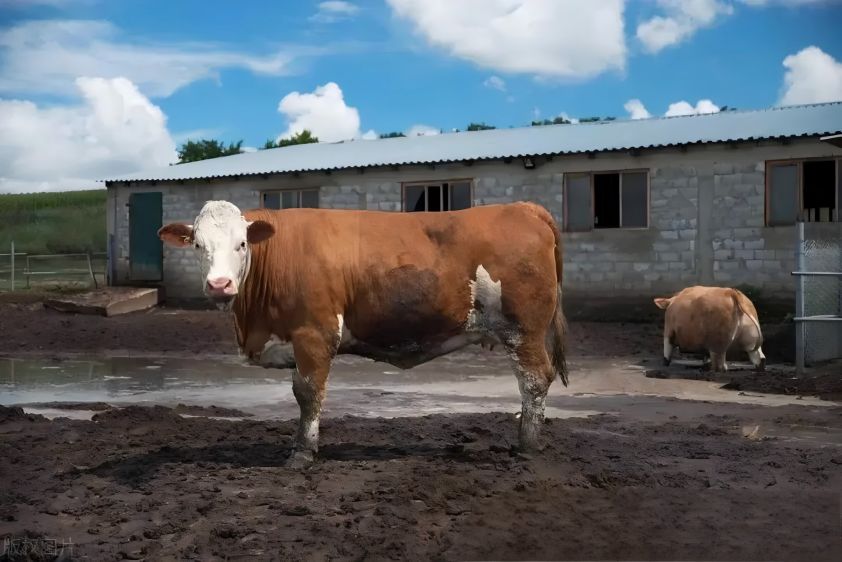
Beta-carotene has a good effect on improving the production performance and product quality of animals. Adding beta-carotene to the feed of pregnant and lactating sows can prevent metritis and reduce the incidence of yellow-white diarrhea in piglets, thereby increasing the birth weight and survival rate of piglets [34]. Adding an appropriate amount of beta-carotene to the diet of laying hens can increase egg production and the average egg weight, as well as improve the egg yolk color [7]. For dairy cows, although the digestion of β-carotene in the rumen is limited, there is a large amount of literature reporting the positive effects of adding β-carotene to the diet, which improves milk yield, milk fat and milk protein to varying degrees [8,35-37].
4 Function and dosage of β-carotene added to dairy cow diets
As excessive β-carotene is partly stored in the liver for later use, and partly converted into vitamin A or enters the bloodstream to exert its function, there is still some debate about the β-carotene requirement of dairy cows. China's “Safety Standards for Feed Additives” recommends a β-carotene addition of 5 to 30 mg/kg to the dairy cow diet. Mu Yuyun et al. [38] studied the effect of β-carotene on the reproductive function of dairy cows. The results showed that supplementing 300 mg/d of β-carotene from before birth to the eighth week of lactation reduced mastitis in dairy cows by 81%; adding 300-400 mg/d of β-carotene can improve reproductive rates and, to varying degrees, increase the pregnancy/conception rate, reduce the number of days open, and reduce the incidence of various reproductive disorders. Studies have shown that when the mass concentration of β-carotene in the serum of dairy cows is above 3 mg/L, the body is in a good state of enhanced reproductive function and immune function, and can inhibit the occurrence of mastitis; when the mass concentration is below 1 mg/L, the body is in a state of deficiency or depletion [39].
Xia Yun [37] and Gan Bozhong [40] found that supplementing the mid-lactation dairy cow diet with 900 mg of β-carotene can significantly increase milk production, improve milk composition, and significantly increase blood β-carotene levels. Chen Liqing [30] added 0–1.8 g of β-carotene to the postpartum dairy cow diet and found that from the 7th day after calving, with the passage of time, the milk yield of the 1.8g addition group increased more significantly, and the milk yield increased faster. Feeding 0.6-1.2g β-carotene resulted in a more ideal improvement in milk composition, and the blood β-carotene content and antioxidant index increased significantly with the increase in the amount added.
He Wenjuan [35] added 300 mg or 600 mg of β-carotene per cow per day to the perinatal dairy cow diet with an additional 150,000 IU of VA per day. There was no significant effect on milk yield, milk composition, or somatic cell count. With an increase in the amount of β-carotene added, the concentration of β-carotene and VA in the plasma increased. Oliveira et al. [8] supplemented 1.2 g of β-carotene in the diet of periparturient dairy cows, and the results showed that the serum β-carotene content increased significantly, reproductive performance improved, and milk production and milk composition were not affected. Kaewlamun et al. [41] added 1 g of β-carotene to the diet of dry cows, and milk production and milk composition were not affected, and blood β-carotene content increased significantly.
This shows that the needs of dairy cows for β-carotene vary according to their physiological cycle, and so does the function it plays. According to existing research, adding 300 to 400 mg/d to periparturient or new dairy cows has a positive effect on improving reproductive performance. However, even if the amount is increased, there is insufficient evidence to prove that it can improve productivity indicators such as milk yield and milk composition. On the contrary, during lactation, adding 600 to 1,200 mg/d of β-carotene has a positive effect on milk yield and milk composition.
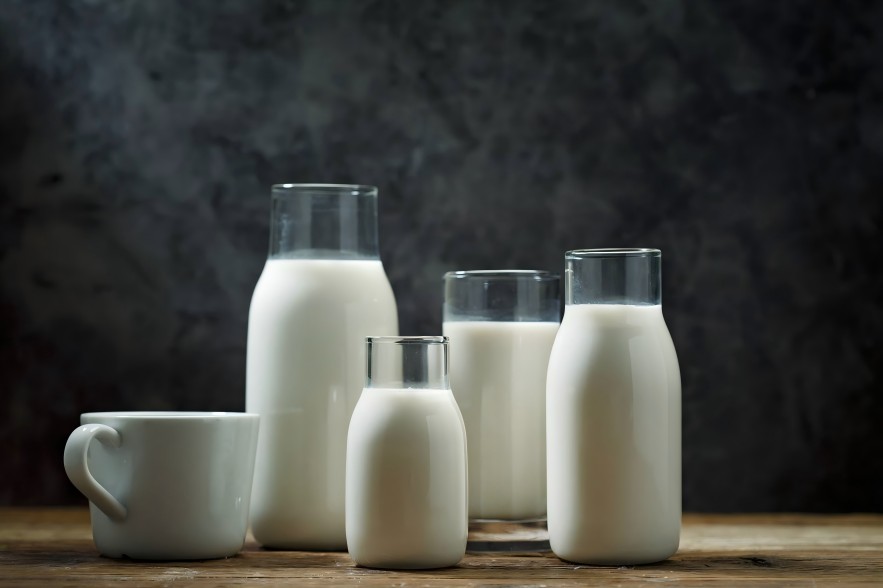
At the same time, there is a significant positive correlation between the blood β-carotene content and the amount added to the diet. Oldham et al. [42] reported that the serum β-carotene concentration of cows fed a β-carotene-supplemented diet was higher during the periparturient and lactation periods, but the serum carotene content in all groups decreased sharply before birth. These results may indicate that during the perinatal or neonatal period, which is highly related to reproductive performance, the body of dairy cows has an increased ability to mobilize β-carotene, which promotes its entry into reproductive-related tissues to exert antioxidant functions and improve dairy cows' reproductive performance. When entering the lactation period, the reproductive function of dairy cows may no longer require large amounts of β-carotene, which enters the mammary gland, improves the antioxidant status of the mammary gland, and in turn maintains the function of mammary epithelial cells, promoting an increase in milk production and an improvement in milk composition.
5 Enrichment and function of β-carotene in milk
In addition to its effect on cow health, a higher β-carotene content in milk helps prevent milk from oxidizing and developing an odor, and improves the nutritional value of dairy products, developing functional dairy products with certain health benefits for the human body. Some studies have reported that as the carotene supply in the diet of Holstein cows increases, the β-carotene content in milk also increases significantly (see Table 1). However, Jensen et al. [43] showed that there is a threshold for the absorption of β-carotene by dairy cows. The process of quantitative secretion of β-carotene from the blood to milk is active transmembrane transport, which follows Michaelis-Menten equation. Since the maximum secretion of β-carotene Vmax and the half-rate constant Km vary from cow to cow, the overall average value of Vmax for Holstein cows is 2.5 mg/d; and it is believed that the β-carotene content in milk is independent of milk yield and milk fat content, and that increasing milk yield may lead to dilution of β-carotene in milk. In addition, when large doses of β-carotene enter the body, it may directly interfere with the hydroxylation of vitamin D3, causing a downward trend in its active metabolites. However, due to the existence of an absorption threshold, its interference with vitamin D3 and bone calcium and phosphorus metabolism can be alleviated to a certain extent [44].
The concentration in milk also varies between different breeds of cows. Milk produced by Jersey cows has a higher β-carotene and fat content [45–47]. This may be because in Jersey cows, the Km value of the quantitative secretion of β-carotene from the blood to milk is lower, which means that β-carotene will not accumulate in the plasma and other body fluids, and will be secreted into milk more.
6 Summary
This article summarizes the properties of β-carotene, its digestion and absorption, as well as its function, dosage and enrichment pathway in milk in dairy cows. It can be seen from a large number of research reports that the effects of β-carotene on dairy cow production performance and reproductive performance vary greatly depending on the amount added, animal species, feeding conditions and physiological stage. Feeding 300-400 mg of β-carotene before birth has a positive effect on reproductive performance, while feeding 600-1,200 mg after birth will improve lactation performance to varying degrees. It is easier to enrich β-carotene in milk by adding it to the diet of dairy cows in the middle or late lactation period. In the current context of precision nutrition advocated in dairy farming, it is necessary to further explore a more reasonable and efficient dosage in combination with dairy production performance, and to conduct in-depth research on the comprehensive effects of β-carotene on dairy cow metabolism, production performance, milk quality, etc.
Reference:
[1] Goodwin TW. The biochemistry of the carotenoids (2nd Edn)[M]. New York: Chapman and Hall, 1984.
[2] PREBBLE J. The biochemistry of the carotenoids: volume II, animals[J]. Febs Letters, 1985, 188(1).
[3] Wang Zhi-xu, Yin Shi-an. Mechanism, regulation and biological significance of carotene conversion to vitamin A [J]. Foreign Medicine (Health Credits), 2003, 5: 283-287.
[4] Ren Yan-li, Qi De-sheng. Physiological function of β-carotene and its application in animal production [J]. Veterinary Drugs and Feed Additives, 2007, 71(5): 26-28.
[5] Zhang Xiaoyin, Ji Yubin, Li Yanqiang, et al. Effect of β-carotene on the concentration of immunoglobulin A in the feces, serum and milk of pregnant sows [J]. Journal of Animal Nutrition, 2016, 28(2): 572-578.
[6] Wendel E. Comparison of the Effects of β-carotene and Vitamin a in Growth Trials on Broilers. (biosynthesis of Vitamin a From β-carotene.)[D]. Thesis, Tierarztl. Fak. Ludwig-maximilians- Univ. Munchen, 1969.
[7] Li Junying, Zhan Kai, Wu Junfeng, et al. Effect of β-carotene on the production performance of laying hens [J]. China Animal Husbandry Journal, 2012, 48(11): 49-51.
[8] Oliveira RC,GuerreirO BM,Junior N, et al. Supplementation of Prepartum Dairy Cows with β-carotene[J]. Journal of Dairy Ence, 2015, 98(9): 6304-6314.
[9] Kawashima C,Nagashima S,Sawada K, et al. Effect of β-carotene Supply During Close-up Dry Period on the Onset of First Postpartum Luteal Activity in Dairy Cows[J]. Reproduction in Domestic Animals, 2010, 45(6): 0-0.
[10] Rajiv,ChawlA, et al. Plasma Antioxidant Vitamin Status of Periparturient Cows Supplemented with α -tocopherol and β -carotene - Sciencedirect[J]. Animal Feed Science and Technology, 2004, 114(1): 279-285.
[11] Lv Renlong, Ding Lanlan, Li Mao, et al. Research progress on the application of β-carotene in ruminant nutrition [J]. Journal of Animal Nutrition, 2019, 31(9): 3936-3943.
[12] Yao Yuni. Application of β-carotene in livestock and poultry production [J]. China Feed Additives, 2016, 3: 0-22.
[13] Rao AV,Rao LG. Carotenoids and Human Health[J]. Pharmacological Research, 2007, 55(3): 207-216.
[14] Jaswir I. Carotenoids: Sources, Medicinal Properties and Their Application in Food and Nutraceutical Industry[J]. Journal of Medicinal Plant Research, 2011, 5(33): 7119-7131.
[15] Economic Daily – Yili Group Consumer Trend Report (Dairy Products) Research Group. Improvement of the consumption structure in the liquid dairy products market [N]. Economic Daily. 2121-1-13. 9.
[16] Armstrong GA,Hearst JE. Genetics and Molecular Biology of Carotenoid Pigment Biosynthesis[J]. The Faseb Journal, 1996, 10(2).
[17] Park SY,Nomura A,Murphy SP, et al. Carotenoid Intake and Colorectal Cancer Risk: the Multiethnic Cohort Study[J]. Journal of Epidemiology, 2009, 19(2): 63-71.
[18] Feed additive β-carotene (chemically synthesized): GB/T 34469-2017. [S]: National standard - State Administration for Market Regulation CN-GB, 2017.
[19] Flachowsky G,Aulrich K,BÖhme H, et al. Studies on Feeds From Genetically Modified Plants (gmp)-Contributions to Nutritional and Safety Assessment[J]. Animal Feed Science & Technology, 2007, 133(1): 2-30.
[20] Mora O,Romano JL,Gonzalez E, et al. In Vitro and in Situ Disappearance of - βcarotene and Lutein From Lucerne (medicago Sativa) Hay in Bovine and Caprine Ruminal Fluids[J]. Journal of the Science of Food & Agriculture, 1999, 79(2): 273.
[21] Yan Hongxiang. Study on the digestion and absorption of β-carotene in the gastrointestinal tract of goats and its antioxidant effects [D]. Yangzhou: Yangzhou University, 2007.
[22] Warner RL,Mitchell GE,Little CO, et al. Pre-intestinal Disappearance of Vitamin a in Steers Fed Different Levels of Corn[J]. Int Z Vitaminforsch, 1970, 40(5): 585-588.
[23] Dawson R,Hemington N. Digestion of Grass Lipids and Pigments in the Sheep Rumen[J]. British Journal of Nutrition, 1974, 32(2): 327-340.
[24] Fernandez SC,Budowski P,Ascarelli I, et al. Low Utilization of Carotene By Sheep[J]. International Journal for Vitamin & Nutrition Research, 1976, 46(4): 446-453.
[25] Lee CM,Lederman JD,Hofmann NE, et al. The Mongolian Gerbil (meriones Unguiculatus) Is an Appropriate Animal Model for Evaluation of the Conversion of Beta-carotene to Vitamin A[J]. Journal of Nutrition, 1998, 128(2): 280-286.
[26] Chew BP,Holpuch DM,O'fallon JV. Vitamin a and β-carotene in Bovine and Porcine Plasma, Liver, Corpora Lutea, and Follicular Fluid - Sciencedirect[J]. Journal of Dairy Science, 1984, 67(6): 1316-1322.
[27] Wang Qiang, Qiao Xuguang. Changes in the content of carotenoids and retinol in milk in different seasons [J]. Food Science, 1999, 10: 55-57.
[28] Schweigert FJ,Rambeck WA,Zucker H. Transport of β-carotene By the Serum Lipoproteins in Cattle[J]. Blackwell Publishing Ltd, 1987, 57(1): 162-167.
[29] Gugger ET,Bierer TL,Henze TM, et al. Beta-carotene Uptake and Tissue Distribution in Ferrets (mustela Putorius Furo)[J]. Journal of Nutrition, 1992, 122(1): 115-119.
[30] Chen Liqing. Research on the effect of adding β-carotene to the diet on the production performance and antioxidant indicators of dairy cows [D]. Hohhot: Inner Mongolia Agricultural University, 2018.
[31] Fan Xiaolan, Yang Jun, Mi Mantian, et al. Antioxidant effect and disease prevention of β-carotene [J]. Chinese Journal of Public Health, 2003, 4: 99-100.
[32] Torales L,García-alonso J,Periago MJ. Nutritional Importance of Carotenoids and Their Effect on Liver Health: a Review[J]. Antioxidants, 2019, 8(7): 0-229.
[33] Milani A,Basirnejad M,Shahbazi S, et al. Carotenoids: Biochemistry, Pharmacology and Treatment[J]. British Journal of Pharmacology, 2017.
[34] Chen J,Chen J,Zhang Y, et al . Effects of Maternal Supplementation with Fully Oxidised β -carotene on the Reproductive Performance and Immune Response of Sows, as Well as the Growth Performance of Nursing Piglets[J]. British Journal of Nutrition, 2021, 125(1): 62-70.
[35] He Wenjuan, Meng Qingxiang, Bian Sibai. Effect of perinatal feeding with beta-carotene on the production performance of dairy cows [J]. Journal of Animal Nutrition, 2007, 2: 157-162.
[36] Shi Qinghe. The effect of vitamin A and carotenoids on the immune response of animals [J]. Veterinary Medicine and Feed Additives, 2001,1: 21-24.
[37] Xia Yun. The effect of different β-carotene levels on milk yield and milk quality in dairy cows [D]. Lanzhou: Gansu Agricultural University, 2007.
[38] Mu Yuyun, Wang Yang. Application of β-carotene and vitamin E in the perinatal period and early lactation of dairy cows [J]. China Dairy, 2007, 8: 20-23.
[39] Guan Yugui. Study on the changes of β-carotene concentration in the serum of dairy cows [J]. Foreign Veterinary Science. Livestock and Poultry Diseases, 1994, 3: 20-22.
[40] Gan Bozhong, Xia Yun, Han Xiangmin. Effect of different β-carotene supply levels on the content of carotene in the blood and milk of dairy cows [J]. Journal of Gansu Agricultural University, 2007, 140(2): 8-12.
[41] Kaewlamun W,Okouyi M,Humblot P, et al. Effects of a Dietary Supplement of β -carotene Given During the Dry Period on Milk Production and Circulating Hormones and Metabolites in Dairy Cows[J]. Biology Revue De Medecine Veterinaire, 2014.
[42] Oldham ER,Eberhart RJ,Muller LD. Effects of Supplemental Vitamin a Or Beta-carotene During the Dry Period and Early Lactation on Udder Health[J]. Journal of Dairy Science, 1991, 74(11): 3775-3781.
[43] Jensen SK,Johannsen A,Hermansen JE. Quantitative Secretion and Maximal Secretion Capacity of Retinol, β -carotene and α-tocopherol Into Cows' Milk[J]. Journal of Dairy Research, 1999.
[44] Wang Jufeng, Jin Jiusan, Xia Zhaofei, et al. Effect of oral administration of large amounts of β-carotene to dairy cows on vitamin D3 and calcium and phosphorus metabolism [J]. Chinese Journal of Veterinary Medicine, 1999, 3: 85-87.
[45] Winkelman AM,Johnson DL,Macgibbon A. Estimation of Heritabilities and Correlations Associated with Milk Color Traits [J].Journal of Dairy Science, 1999, 82(1): 215.
[46] Nozière P,Graulet B,Lucas A, et al. Carotenoids for Ruminants: From Forages to Dairy Products[J]. Animal Feed Science & Technology, 2006, 131(3): 418-450.
[47] Thompson SY,Henry KM,Kon SK. Factors Affecting the Concentration of Vitamins in Milk: I. Effect of Breed, Season and Geographical Location on Fat-soluble Vitamins[J]. Journal of Dairy Research, 1964, 31(1): 1-25.


 English
English French
French Spanish
Spanish Russian
Russian Korean
Korean Japanese
Japanese